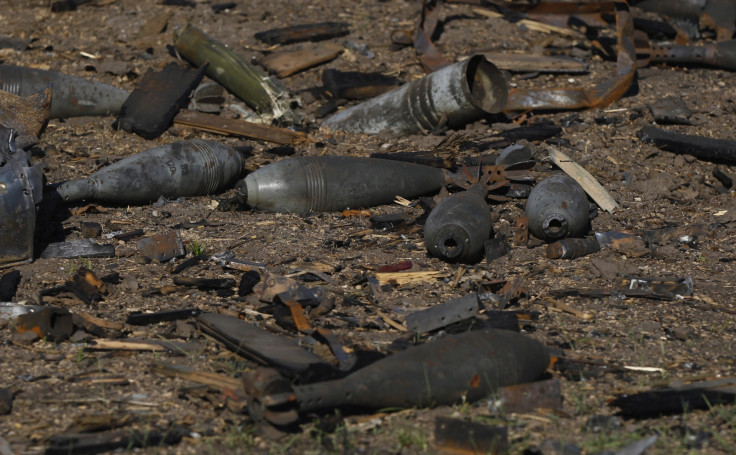Ukraine and Pro-Russian Separatists Reach Ceasefire Deal at Minsk Talks

A ceasefire deal has been reached between Ukraine and pro-Russian rebels at talks in the Belarusian capital Minsk.
In the three-way talks negotiated by representatives of Russia, Ukraine and the rebels, all sides agreed to immediately withdraw "foreign mercenaries" and heavy weapons from the conflict zones.
The latest agreement, which would come into effect within 24 hours, reinforces the existing truce deal, which was struck on 5 September with the help of the Organisation for Security and Cooperation in Europe (OSCE).
According to the new deal, a 30km wide buffer zone will be set up along the front line which would be closely monitored by international observers from the OSCE and European rights groups.
As part of the agreement, the two sides have been urged not to plant new mines in the proposed security zone.
"The first one is stopping the use of weapons by both sides, the second is terminating new formations of units on military bases as of 19 September. The third is banning the use of all types of weapons and offensive action," former Ukrainian president Leonid Kuchma, who is leading the Kiev delegation, told reporters subsequent to the signing of a formal memorandum.
The deal also bans military jets, except those of the OSCE, from flying above eastern Ukrainian airspace.
Both Ukraine and the pro-Russian rebels have agreed to continue with the exchange of prisoners.
However, thorny issues over both sides' stance on rebel-held areas such as Luhansk and Donetsk were not discussed at the Minsk talks.
© Copyright IBTimes 2024. All rights reserved.






